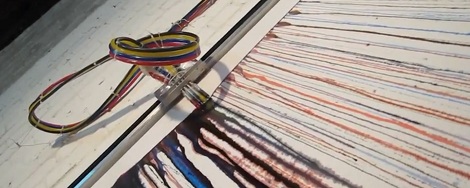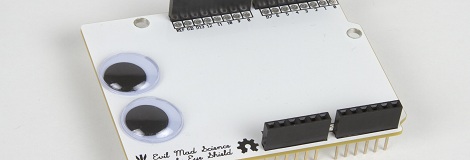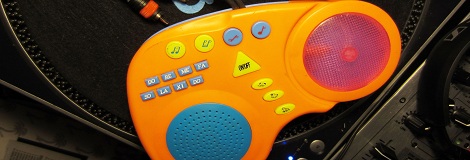
Meet [Jahangir Ahmad]. He’s a 19-year-old from India who recently won third place in a contest put on by the National Innovation Foundation. Here he’s posing with the electric paint brush which he developed after seeing some local painters struggling with brushes and buckets at the top of a ladder.
His system uses a 1 hp motor to pump paint from the bucket directly into the brush. Once it enters the handle a distributor splits the flow into four parts so that it reaches the bristles evenly. The pump of the paint is actuated by a controller which can be worn on the painter’s belt. When you get a little low on paint, just hit the button and you’ll get boost. Since the base of the bristles is meant to hold a small reservoir of paint, this has the potential to be better than dipping in a bucket.
[via Reddit via Home Harmonizing via Damn Geeky]


















